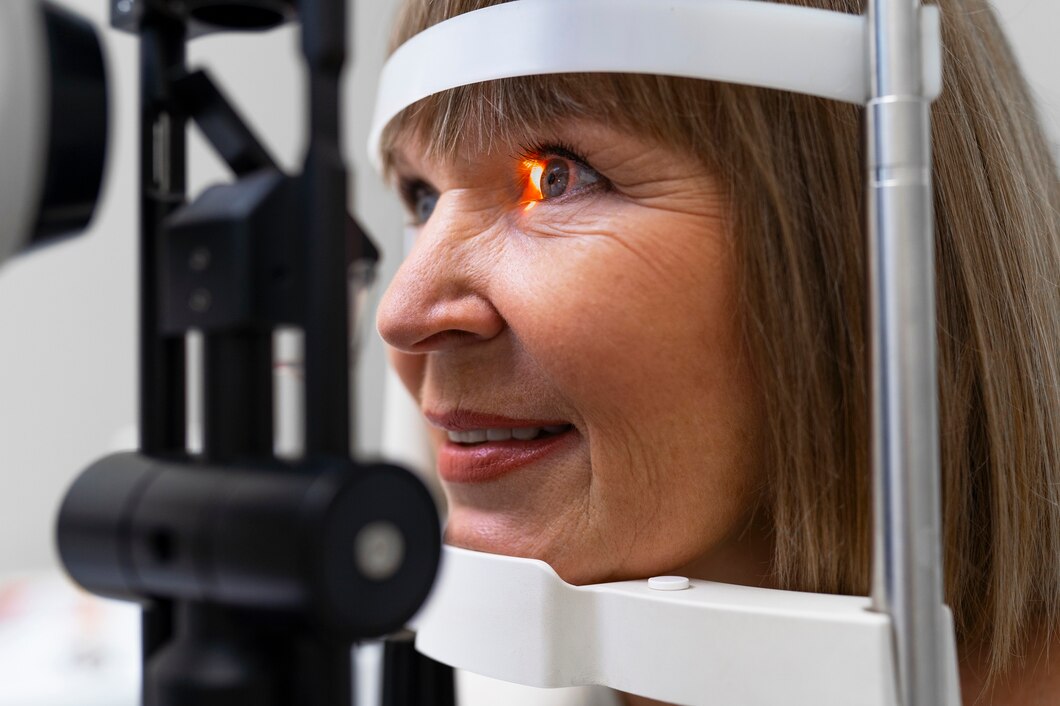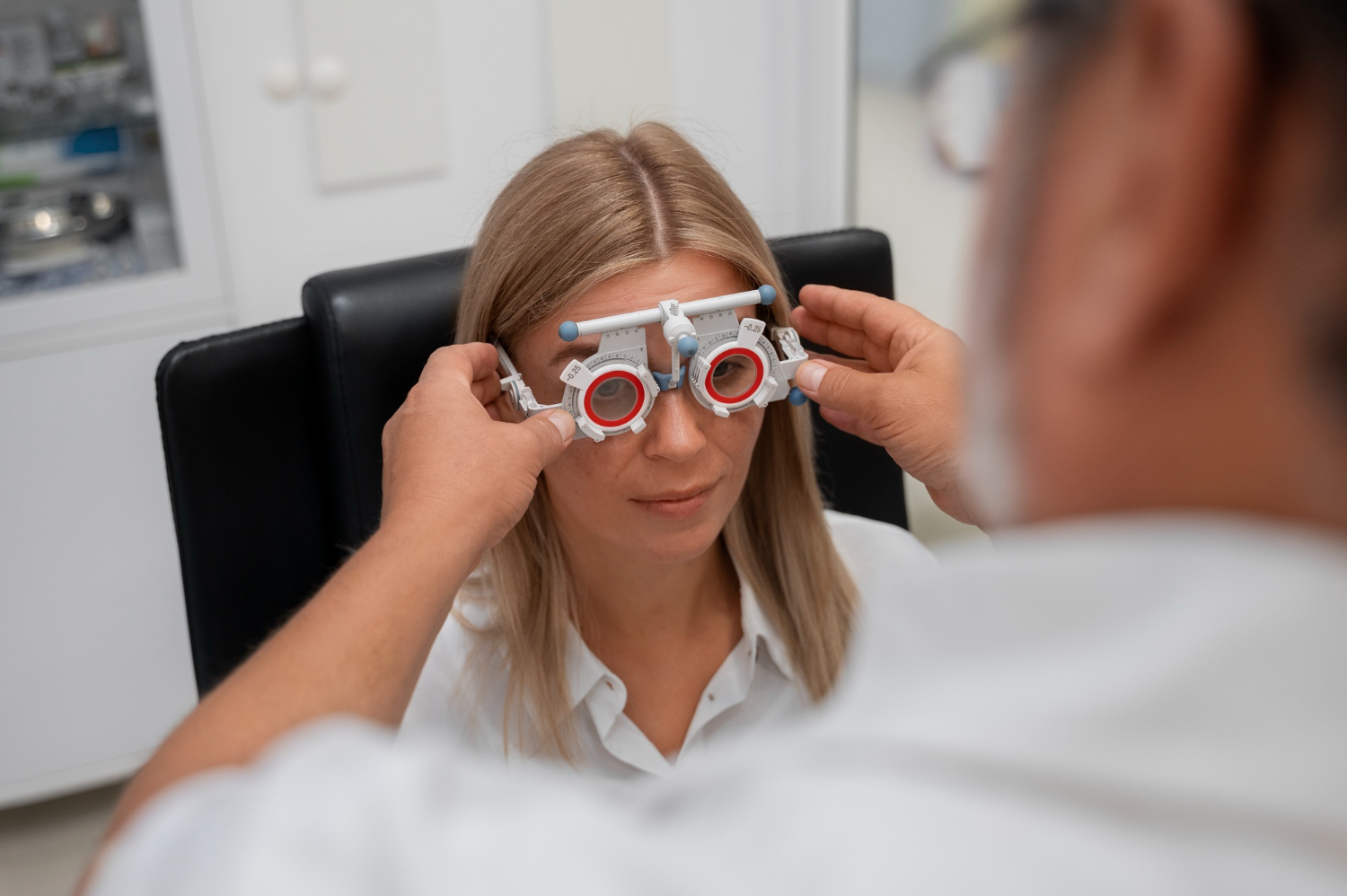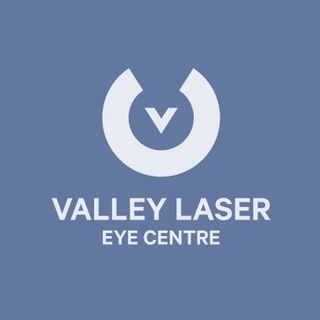As one of the 5 fundamental senses, our eyes are vital to our quality of life because they allow us to perceive the world around us. They enable us to see the beauty of nature, recognize friends and family, and even help us navigate our way around. Unfortunately, our eyesight can deteriorate over time due to various factors, significantly compromising our ability to enjoy the world.
Luckily, eye treatments are always available to help us maintain our vision. However, not all eye treatments are considered equal, especially since some are more effective than others. Two examples are Refractive Lens Exchange and LASIK, which correct common vision problems like nearsightedness, farsightedness, and blurry vision. However, both procedures are widely different, which few people know about. For this reason, we will discuss the details in this article.
What Is LASIK?
LASIK stands for laser-assisted in situ keratomileusis. As the name suggests, LASIK is a laser-based procedure that corrects vision problems by reshaping the cornea, the transparent layer at the front of the eye. During a LASIK procedure, a thin flap is created in the cornea, and a laser is used to reshape the underlying tissue. A LASIK procedure typically takes about 10 minutes, and most patients experience improved vision within 24 hours.
The process begins by creating a flap on the surface of the cornea. This flap is lifted to allow the laser to remove very little tissue from the cornea. The laser is programmed with measurements specific to each patient, so the amount of tissue removed is tailored to their eye condition. Once the tissue is removed, the flap is put back in its original place to allow for healing. The entire process is painless and only takes minutes to complete. Some people can even have both eyes treated on the same day, reducing the time needed for recovery.
The Advantages and Disadvantages of LASIK
LASIK is a vision correction procedure that involves fixing both eyes on the same day. It is fast, easy, and usually painless. For younger people, one advantage of LASIK over RLE is that it helps them keep their natural ability to see up close until they reach an age where they may need glasses for reading.
Unfortunately, the potential drawback of LASIK is that it requires the removal of a portion of the cornea. This means there is a limit to how much can be safely eliminated. People with extreme amounts of near- or far-sightedness may not be eligible for this procedure and may need to consider refractive lens exchange instead.
What Is Refractive Lens Exchange?
Refractive lens exchange is a surgical procedure in which the natural lens of the eye (located behind the coloured part of the eye known as the iris) is removed and replaced with an artificial lens that has been customized to correct a patient’s vision. The procedure is similar to cataract surgery and is a safer alternative for patients who may not be suitable for laser vision correction techniques like LASIK and PRK.
The Advantages and Disadvantages of RLE
RLE is a reliable choice for those with severe vision problems, as it typically results in a stable outcome. As compared to LASIK, RLE does not have a risk of the vision results regressing in the long run.
However, RLE is a type of eye surgery that requires going inside the eye, while LASIK does not. As a result, the recovery time is longer after RLE than LASIK since the procedure must be done separately on each eye, with a few weeks between treatments.
Consequently, removing the natural lens during refractive lens exchange can result in the patient losing their ability to focus on objects nearby. As a result, they may need to wear glasses for reading purposes to have the best possible sight for faraway things. Additionally, a few risks are associated with this procedure, such as infections, bleeding, and retinal detachment.
Conclusion
The type of eye treatment you should choose between RLE and LASIK depends on your needs. It is best to consult an eye doctor because this blog post does not replace medical advice and should only be implemented after consulting a fully certified medical professional. This way, you can discuss your needs and get personalized advice on the best eye treatment.
If you are looking for an opthalmologist in Abbotsford, Valley Laser Eye Centre can help! We understand the importance of eyesight, so we will work with you to ensure you get the best treatment possible. Call us today at 604 504-3937 to book a consultation.





